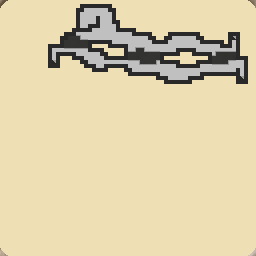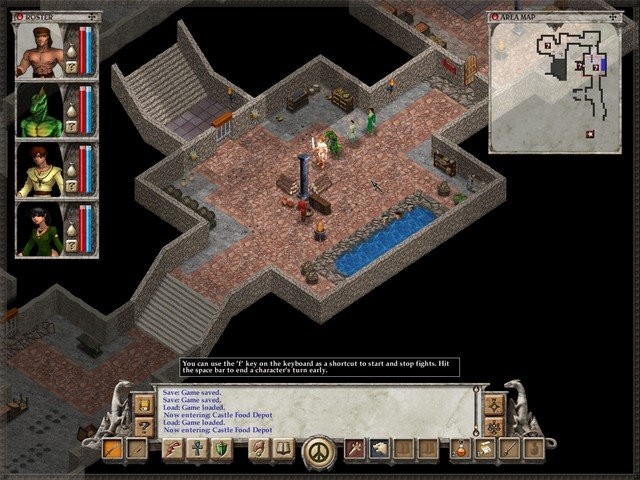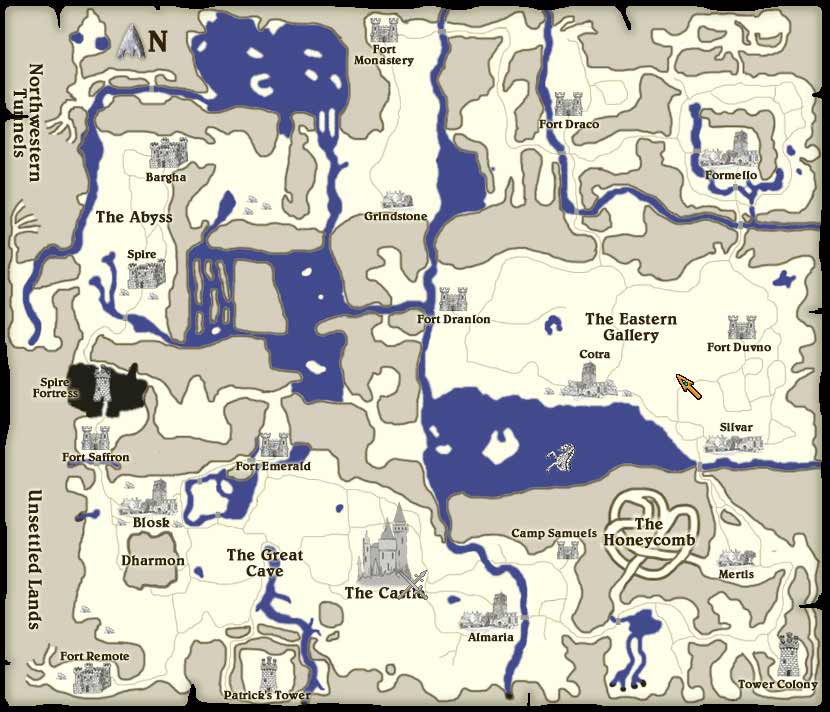

In the world map mode, the party is represented as four tiny figures – a great way of representing the immensity of the place. You move by a square, then other citizens all move by a square. Like ADOM, the game stays in turn-based mode both in the world map and the town mode and regardless of whether you’re involved in a fight. However, that’s actually a good thing, you get used to it and it makes the game very quick and responsive. In both modes characters move one tile at a time, without animation. In this resolution the characters look very small – I believe that the graphics would actually have been better in a lower resolution as you would then be able to examine details more easily.Įverything is represented with 2D isometric tiles, but there are two modes, the town/dungeon mode and the world map mode. The negative talents really helped remove the grinding aspect, making fights more rewarding.

The positive talents seemed to reduce experience so much that the game becomes a grind. They can’t cast healing spells, making a cleric necessary, and they can’t fight properly, making a fighter necessary.Īnother thing Avernum allows is Talents – you can select two special talents that help or hinder your character while reducing or increasing the experience points you get from fighting. You can always increase the combat skills after you've increased magic and priest to around 18.īy contrast, in D&D, wizards are a class – they come with both advantages and disadvantages you can’t “cherry pick” their best abilities and the better spells come only as you gain levels. The only skills that seem really worthy of receiving points are endurance, mage spells, priest spells and intelligence. I suggest starting with Mage 8 to get the Lighting Spray spell and Priest 1 to get the Healing spell. As a result, you could start the game with some of the best spells, which are actually rather hard to find in-game. The game doesn’t feel as if each character puts his very own contribution, rather as if all the characters are nearly identical.Īs a tactical consideration, why would any of the characters invest a great deal of skill points into melee weapons, when they could invest in magic and get spells that can damage or kill several enemies at the same time and from a distance? If you do invest in the magic (or priest) skill at the beginning, you will automatically receive the spells corresponding to your skill level.

You can have a magician that’s as strong and resistant as a boxer, and a priest who can also pick locks and cast wizard spells. The result: all your characters will become jack-of-all-trades, each making use of the best skills. Which brings me to the next point: there are no restrictions on what skills a character can acquire. There’s a first aid skill that is redundant with the priest spell of healing. Cave lore lets you avoid wilderness encounters, but I would rather not avoid them, to get the experience points. With tool use, you can pick locks, but you might as well increase you Magic skill and cast the Unlock Door spell. Hardness reduces any damage inflicted to you, but with Defense you can avoid being hit altogether. As with any skill system some skills are really useful and some others are of questionable usefulness. Some skills are fundamental abilities like Strength and Intelligence and some are more particular, like Tool use or Cave lore. You are given 65 or so skill points to allocate between the various skills.

The character creation does not involve any randomness. The game begins as you make contact with a colony of humans living underground. Having commited a petty offense, the party is banished from the all-powerful Empire and sent to rot in the cave system called Avernum. Spiderweb Software's Avernum lets you control a party of four human adventurers.


 0 kommentar(er)
0 kommentar(er)
